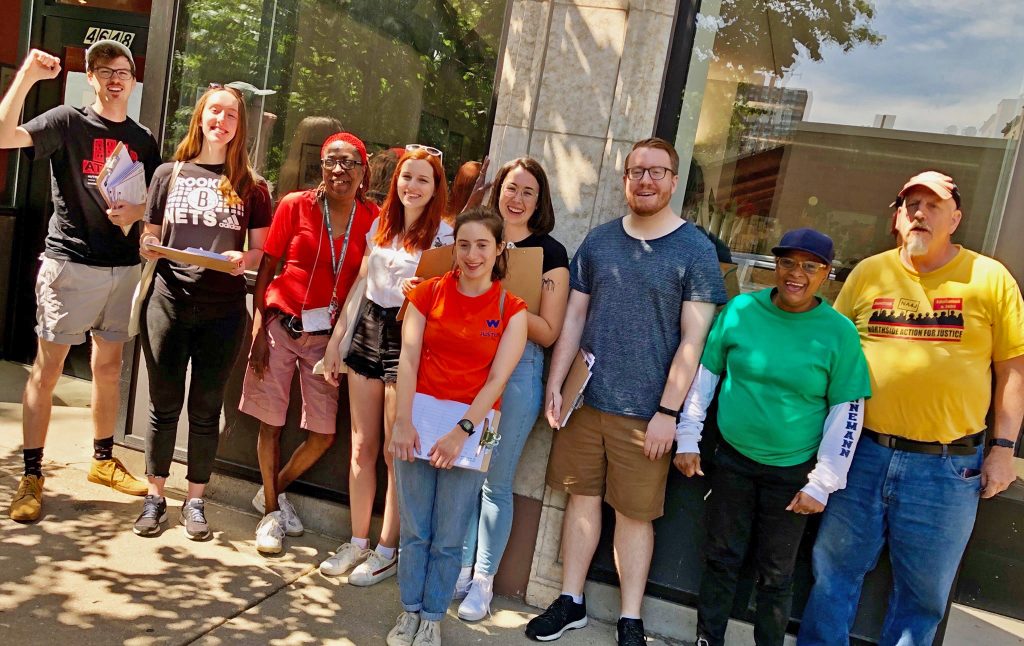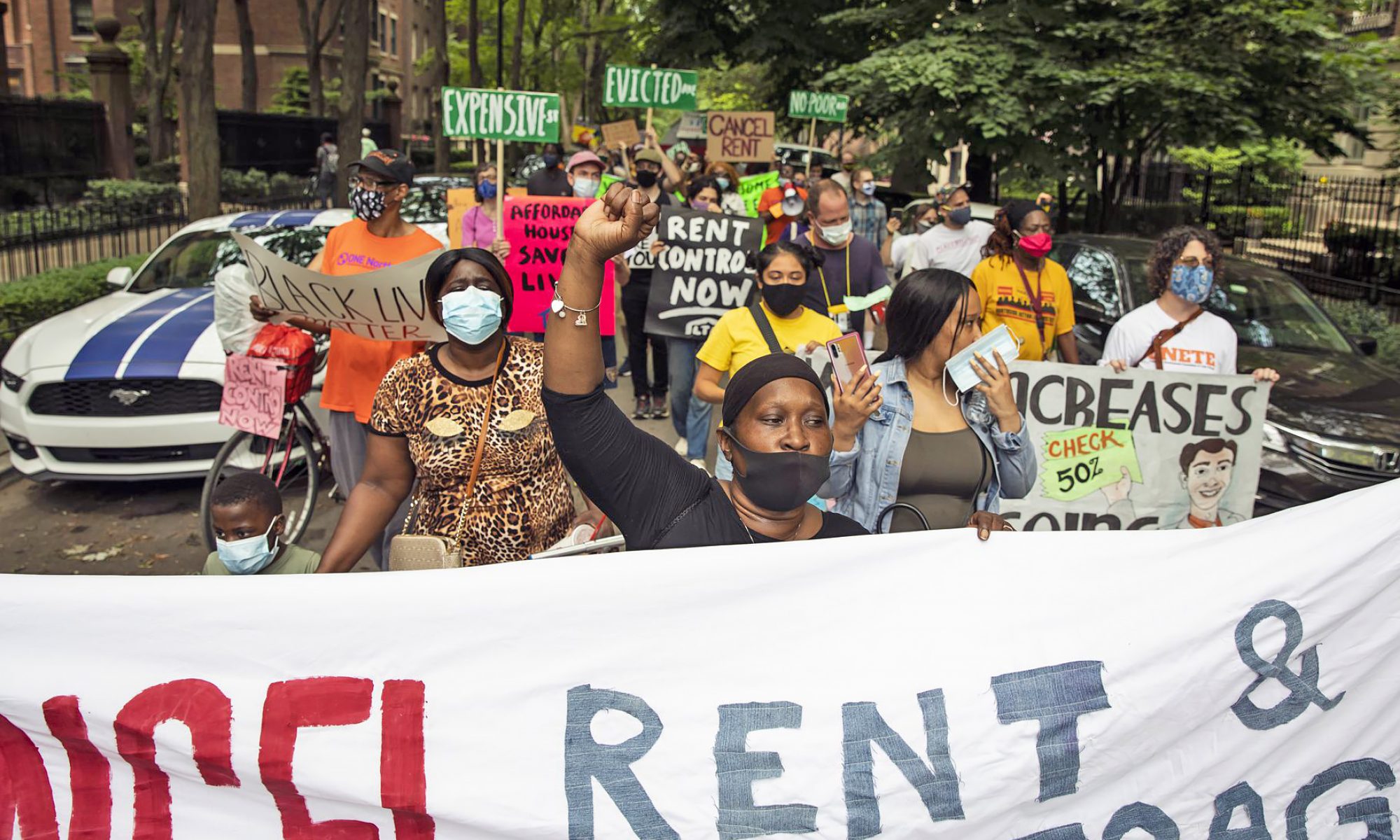What is rent control?
Rent control limits the amount that a landlord can raise a tenant’s rent at the end of their lease. This is usually tied to the rate of inflation. It is not a “rent cap” or “rent ceiling.” Modest, gradual rent increases permit tenants to stay in their homes while allowing landlords a fair rate of return on their investment.
As of 2019, roughly 200 American cities have some form of rent control. Rent control exists in Oregon, which passed statewide rent control in 2019; Maryland; New York; New Jersey; Washington, D.C.; California; and many countries outside of the United States. In fact, rent control was implemented nationally in the United States during World War I, the period after WWII, and again in the 1970’s.
Why doesn’t Illinois have rent control?
In 1997, Illinois’ state legislature passed the Rent Control Pre-Emption Act, which bars any city in the state from enacting any sort of regulation on rents. This ban was pushed into place by the conservative lobbying group ALEC (American Legislative Exchange Council).
ALEC, which has been touted as “the most effective organization” for spreading conservative policy to state lawmakers, is responsible for laws that oppose gun safety, weaken our unions, and dismantle abortion rights and environmental protections.
In the 1980s and 1990s, ALEC and its real estate clientele successfully pushed rent control bans in multiple states, including Illinois. In fact, Illinois’ ban is copied verbatim from ALEC’s 1995 “model” rent control preemption legislation. Currently, a majority of states have rent control preemption in place.
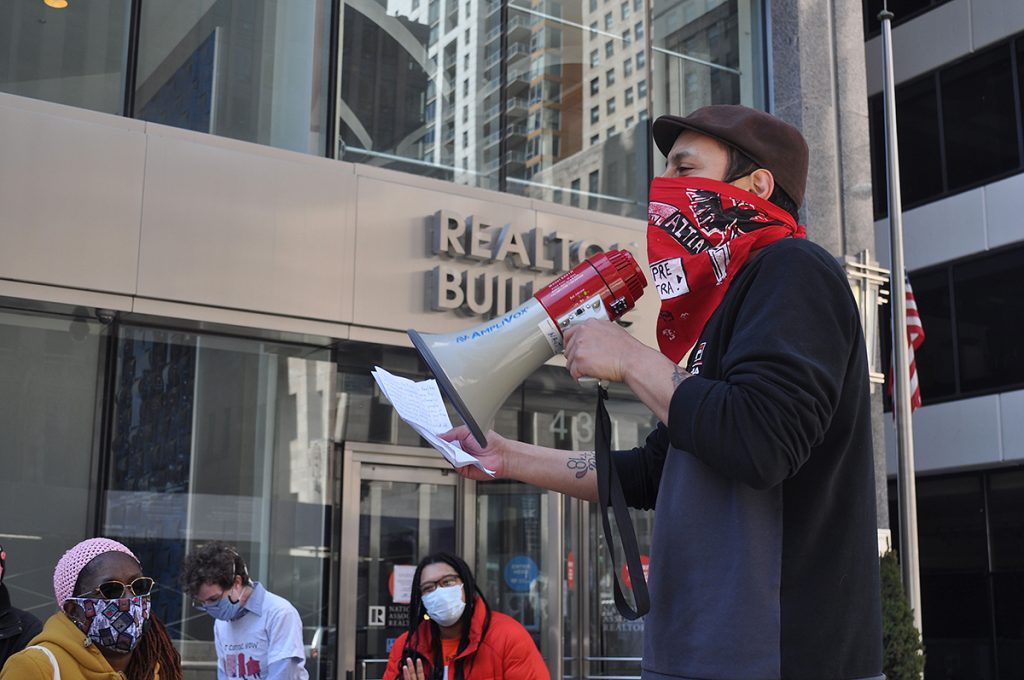
Why should we lift the ban on rent control?
Policy should be written by and for the people, not copied and pasted from corporate interests. And renting families here in Illinois know what we need–not groups like ALEC.
We know that cities need the ability to democratically decide whether to enact control. It should be one tool in every city’s toolbox–along with building more affordable housing, implementing Just Cause for Eviction, relieving the property tax burden on working families, and more–to keep communities stable and affordable. Repealing the ban on rent control would cost the state nothing while allowing cities more options to protect their residents.
With the housing crisis caused by the economic fallout of COVID-19 and the dangerous effects of this housing instability on public health, the need for strong tenant protections and reliably affordable rental housing has never been greater. A recent Urban Institute study confirmed that preemption laws like Illinois’ have hindered the ability of local governments to respond to housing needs during this public health crisis.
But tenants struggled with the price of rent long before this pandemic. Half of all Cook County renter households and the vast majority of lower-income renter households are rent-burdened, meaning they spend more than thirty percent of their income on rent. This means many of these households are just one emergency away from facing eviction for nonpayment of rent–and eviction filings can remain on tenants’ records regardless of whether they result in an eviction order, making it difficult to find another apartment. Rent burden means less money to save for healthcare, childcare expenses, higher education, and retirement. Click here to learn more about rent burden and the shortage of affordable rental housing in Illinois.
Fundamentally, the lack of rent control means that every tenant in the state of Illinois has no protection whatsoever against their landlord raising their rent by any amount they want at the end of their lease.
How can rent control preserve our communities?
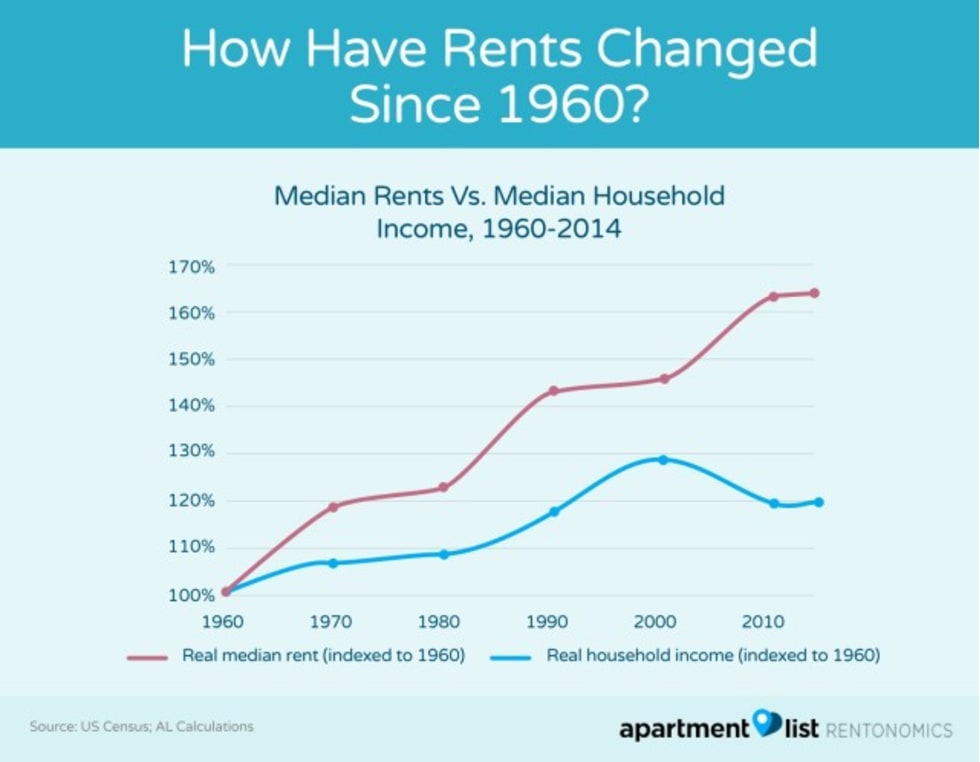
As rent rises, wages remain stagnant, and minimum-wage workers cannot afford a two-bedroom apartment in any U.S. state. In Chicago, according to rent.com, the average price of a one-bedroom apartment in 2019 was $1,944. Building more affordable housing, while necessary, cannot keep up with the pace of this trend alone.
Right now, unchecked rent hikes work in tandem with a corrupt TIF system, lack of strong eviction protections, and the flow of corporate money into lawmakers’ pockets to allow realty companies and luxury developers with out-of-state investors to force out longtime residents, small businesses, community services and beloved cultural fixtures.
We are fighting to put people over profit, and to challenge an economic and urban planning system that uproots families and erases the histories of our cherished neighborhoods. Rent control is not a panacea, but a strong step in the fight to save our communities and reimagine housing for the shelter of people, not the pursuit of ever-greater profit.

Photo Credit: Keith Schnabel
Who benefits from rent control?
Housing is a human right, and all tenants deserve the right to stay in their homes without fear of exorbitant rent increases to squeeze more profit for corporate landlords and developers.
Rent control would protect Black and Brown families in rapidly gentrifying urban areas, like Chicago’s historically immigrant Pilsen neighborhood (which has seen a 26% drop in the number of Latinx residents in under fifteen years) and in Woodlawn, where anticipation of major new development is leading to rising housing costs and the displacement of Black residents.
Rent control would benefit seniors, many of whom have fixed incomes that cannot accommodate a significant rent increase; and people with disabilities, for whom affordable, accessible apartments are already in scarce supply.
Rent control matters to women, particularly Black and Brown women, who face eviction and its lasting financial repercussions at a disproportionately high rate, and who spend more of their income on rent due to the racial and gender pay gap and employment in low-wage industries. The high cost of rental housing is also a barrier to survivors of domestic violence being able to leave abusive living situations. As well, the need for long-term affordable housing is felt acutely by school-age children, for whom frequently moving neighborhoods and schools in early childhood can be disruptive and lead to learning loss.
And rent control is not just an issue for large cities. It would protect residents of manufactured housing and mobile home communities in suburban and rural areas, who are seeing their communities bought up by corporate landlords who hike up the rents on the land their homes sit on.
Read stories from renters across the state at ilrenterstories.com.
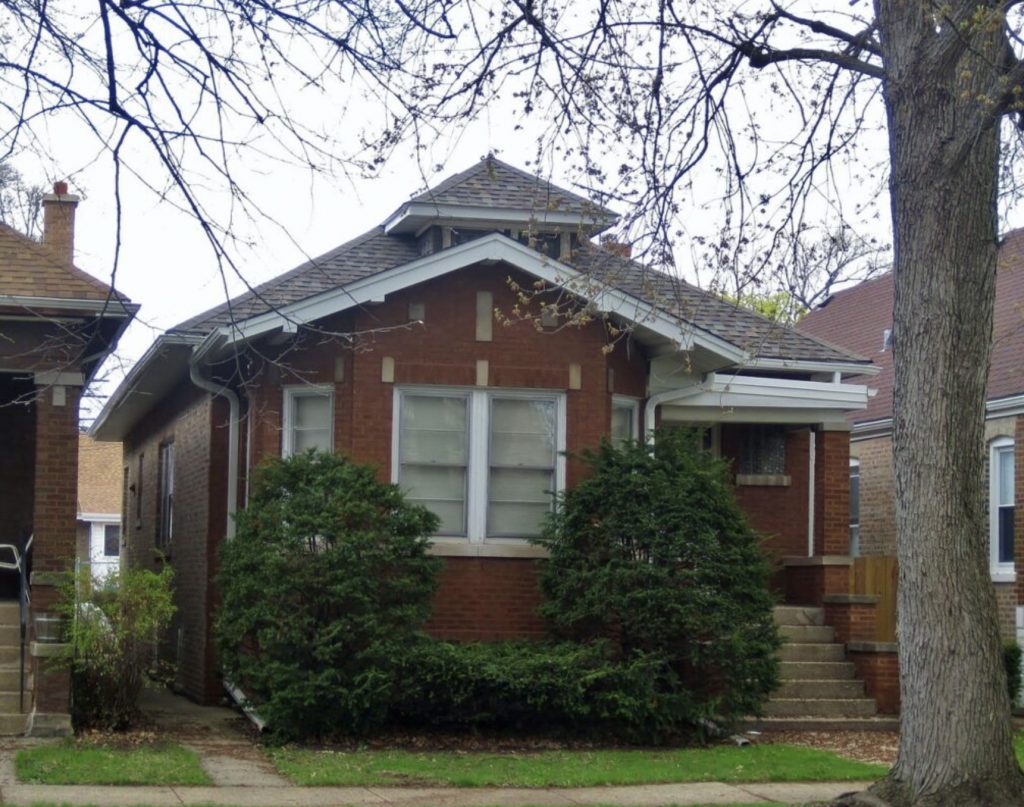
Does rent control work?
Studies from universities like Columbia and USC show that rent control:
- Stabilizes communities, enriches local economies, and provides not only economic benefits but mental health and social benefits to residents
- Reduces evictions, and therefore homelessness, significantly
- Does NOT reduce the overall quantity of housing
- Disciplines corporate landlords without harming small landlords, who often charge below-market rate rents
Who are we up against?
The real estate lobby in Illinois is powerful, cash-flush and well-connected. Realtor associations steadily pour donations into our elected officials’ campaign chests. They arrange regular lobbying trips to Springfield, assign specific lobbyists to different members of the Illinois General Assembly, and create shell groups to spread anti-rent-control propaganda under the guise of supporting affordable housing. In California, real estate interests spent more than $77 million to fight rent control in 2018.
But we know that people power is stronger than their money and more powerful than the political machine. Tenants united and organized can win rent control for our communities, and we’re on our way–during elections in 2018 and 2019, nonbinding referenda in more than 75 precincts all across the city of Chicago asking voters their stance on lifting the ban passed with overwhelming approval.
